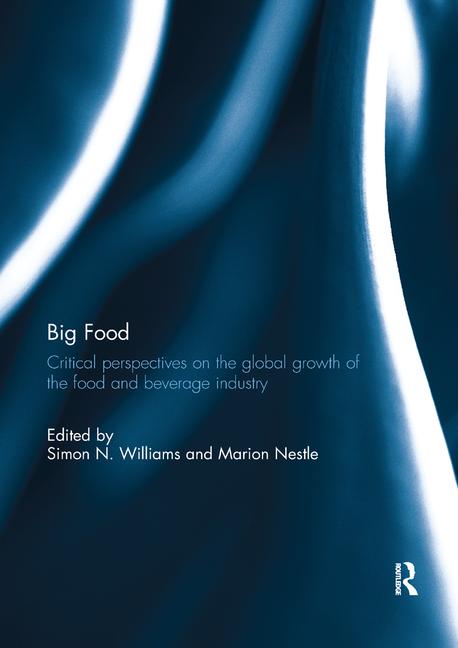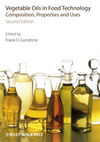Antioxidants on Parkinson’s

Dopamine is a biological organic chemical produced by dopamine neurons and amongst its many vital applications is responsible for movement control. With pre-mature death of dopamine neurons and/or reduction in the available dopamine (more than 10%) involuntary movement will ensue.
The part of the brain that contains high concentration of dopamine neurons (Substantia Nigra) is also the storage area for a particular iron containing protein called ferritin, which keeps iron in a non-toxic form. Iron promotes important metabolic processes in the brain and the ferritin inside the cells is safely stored and regulated.
An imbalance between two vital co-enzymes NAD/NADH (too much of NADH), inside the cells, generates "reductive stress" leading to the release of iron from ferritin, in another word transition of non-toxic iron to toxic iron, now producing oxidative stress and contributing to degeneration of dopamine neurons. NAD and NADH are both involved in cellular energy production.
Dr. David Sinclair, a professor of Pathology at Harvard Medical School, has proposed that mitochondria (cellular energy plant) survival would be nutrient-sensitive and nutrients that could increases the levels of the co-enzyme NAD would contribute to the survival of cells, such as dopamine neurons.
Studies have shown that under conditions of "reductive stress," alpha lipoic acid has decreased high NADH levels in the cell by utilizing it as a co-factor for its own reduction process.
Decreasing NADH [removing its hydrogen (H)] results in an increase in the levels of NAD. Proper NAD/NADH eliminates a key cause of "reductive stress" and, thus, opposes an important factor for the conversion of non-toxic iron, from ferritin, to a free toxic iron.
The study also reports that depletion of glutathione was observed in postmortem studies of brain tissues of Parkinson's patients and, additionally, the synthesis of dopamine by itself requires presence of other biological molecules (tetrahydrobiopterin), which also contribute to the production of free radicals and the subsequent degeneration of dopamine neurons, absent of an adequate antioxidants defense such as adequate glutathione.
Glutathione is one the most potent internal antioxidants and detoxifying molecules and in 1996, Dr. Lester Packer, professor of Molecular Biology at Berkeley discovered that alpha lipoic acid, a dietary nutrient and an antioxidant itself, stimulates the production of glutathione. According to Packer, alpha lipoic acid is readily absorbed, when taken orally.
From the May 1, 2012, Prepared Foods’ Daily Update
Looking for a reprint of this article?
From high-res PDFs to custom plaques, order your copy today!






